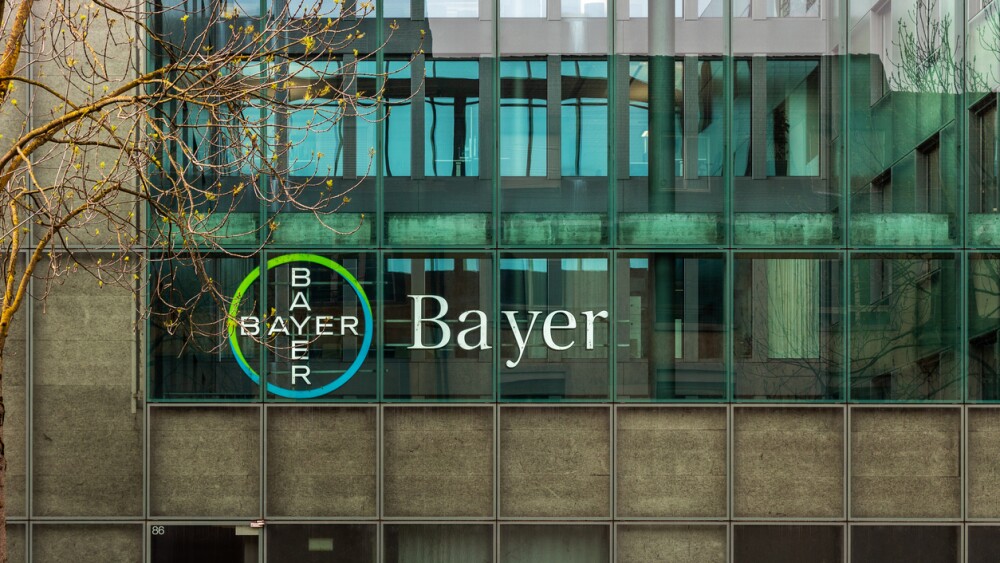The centerpiece of the collaboration is the gene editor ABO-101, being developed for primary hyperoxaluria type 1, a rare disease that leads to severe kidney stones.
Italy’s Chiesi Group is growing out its rare disease portfolio with a global, multitarget research partnership with California-based Arbor Biotechnologies in a deal that could reach beyond $2.1 billion.
Chiesi will send Arbor $115 million in upfront and near-term payments, with up to $2 billion in development, regulatory and commercial milestones on the line, the company announced Monday. In return, the pharma will gain exclusive rights to Arbor’s gene editor ABO-101, being developed for primary hyperoxaluria type 1 (PH-1), an ultra-rare genetic disease of the liver.
For its investment, Chiesi will also gain access to Arbor’s proprietary technologies for developing knockout and reverse transcriptase (RT) editing therapies.
Aside from the upfront and milestone commitments, Arbor will also be eligible to receive low double-digit tiered royalties on sales of products that reach the market.
In a statement Monday, Giacomo Chiesi, executive vice president of Chiesi Global Rare Diseases, called the Arbor agreement “a transformative moment” for both the company and the broader rare disease community. The companies, he added, will look “beyond current approaches and [will explore] the potential of gene editing” to provide “more comprehensive therapeutic options” for patients with rare diseases.
Arbor has already initiated the Phase I/II redePHine study of ABO-101, which is currently enrolling with a target of 23 participants. The trial has a primary completion date of March 2029. Under Monday’s deal, Arbor and Chiesi will collaborate on redePHine.
PH-1 is the most common type of primary hyperoxaluria, a genetic disorder that leads to severe forms of kidney stones. The disease is caused by a mutation in the AGXT gene, triggering a liver enzyme deficiency that results in the buildup of oxalate crystals in the kidney and other organs. Primary hyperoxaluria afflicts less than 3 patients per 1 million people, and PH-1 accounts for around 80% of these cases.
Aside from kidney stones, patients with PH-1 develop kidney damage and end-stage kidney disease. The only cure for PH-1 is a dual liver and kidney transplant, according to Monday’s release.
Designed as a one-time treatment, Arbor’s ABO-101 targets the HAO1 gene in the liver to suppress the production of oxalates, in turn preventing the toxic buildup that is the hallmark of PH-1.






